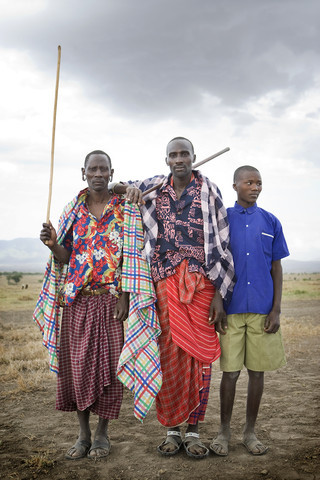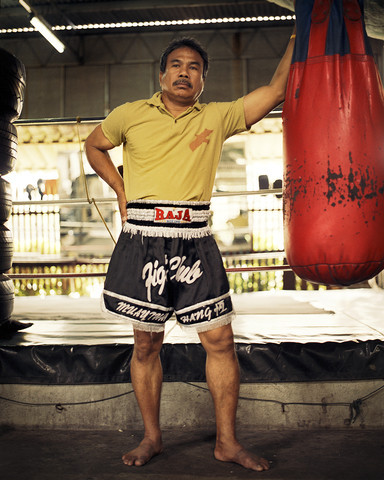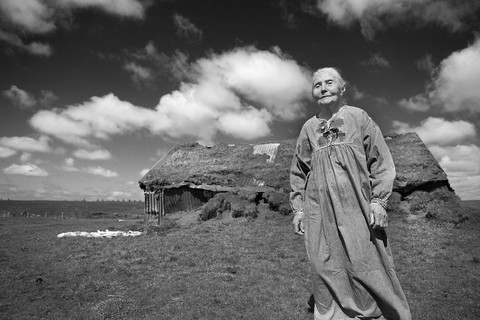Interview: Eric Kvatek

Had the honor of interviewing the supremely talented photographer Eric Kvatek for Revolver and he was ever so gracious to answer some questions about his career, motivations, and the way he goes about crafting his arresting and beautiful photos. Eric has worked for such prominent brands as Kapital, 45rpm, and Free People, amongst many more illustrious labels, while also cultivating a body of personal work that is dynamic and evidence of a life of adventure.
How did you get into photography and what has been the trajectory of your career? When did you decide that you were going to pursue photography professionally?
My grandfather Kvatek was an avid amateur photographer. He took photos all through his service in World War II and I discovered his war photos when I was in High School. I saved up $200 and ran out and bought an SLR camera.
I moved to Albuquerque, New Mexico when I was 19 years old. I taught myself photography by just walking up and down Central Avenue. It was chock full of drifters, prostitutes and gang members. For some reason they were mostly fine with me shooting them. Back then only sailors, bikers and criminals had tattoos. I had tattoos and they probably just figured I was one of their own?
After seeing Full Metal Jacket I wanted to be a photojournalist. I started going to places I thought were gritty. Mexico, Cambodia and Indonesia etc… places that I could afford to go on my own.
My university degree is in drawing. But I realized photography would allow me to travel and have adventures. That’s the reason I have pursued it as a career.

Men in Joshua Tree
You’re famous for working with several amazing, prominent Japanese brands. How did you get involved with Kapital and 45rpm?
Eventually a good friend of mine showed Mr. Takahashi, the president of 45rpm, my Indonesia photos. He asked me to shoot 45rpm fashion photos in my reportage style. They assigned a young designer to work with me on the shoots. That designer was Kiro Hirata who is now the designer for Kapital. So one thing leads to another… sometimes.

Masai men, Africa,

Thai Boxer
Your lookbooks for Kapital have been hugely influential on the way we’ve styled some of our past lookbooks for Revolver. Can you describe your creative process or what influences you when you are deciding upon the theme or feel for a shoot?
I’m happy that my photos influence or inspire people. I have heard similar stories from people that work at some big brands…
I grew up with stories from Depression era grandfathers. My father was a kind of rebel and a drag racer. My mother rode motorcycles. I worked on farms as a kid and I worked in Alaska in the fishing industry. I have ridden motorcycles since I was 9 years old. I bought my first car, a 1950 Plymouth, when I was 12 years old.
So I consider myself lucky to have the stories from my family to inspire me and my own personal experiences for ideas.
I can’t believe you bought a car when you were 12!!! That is WILD!
I lived in Georgia on a dirt road in. So driving it was not a problem. It cost $150. My brother and I sold aluminum cans we collected to pay for it.
A nerdy, gear type question: what are you working with these days? What are your favorite tools?
I use Canon digital cameras and old Nikon and Contax film cameras. But there are new cameras from Sony and Fujifilm that look interesting.
I hope this question isn’t too played out, but what do you think about the iPhone and the ease and accessibility of making a “cool” photo now? Do you think it’s hurt the field of photography any? Or, conversely, has it advanced any ideas or agendas of photography as an art form or livelihood?
If the iPhone allows people constant access to a camera and the apps and social sites help to excite people about their photos (and their lives) then that’s obviously a good thing. Like all machines and tools, it has advantages and limitations. But I would never want it to be the only camera I have with me.
However, if people are standing around messing with their iPhones instead of actually doing their jobs or interacting with their friends… well obviously, that’s bad.
One of the things we find intriguing about your work is that you’ve used nontraditional models in many shoots; older or younger models, or non-model-ly (is that a word??) models. Do you decide upon the models you work with for a particular shoot? Was this a conscious or political choice and what has been the response to this?
Well that started with the idea to shoot fashion photos in a reportage style for 45rpm and then later for Kapital. So we needed to use people that were really fishermen or were really ranch hands.
I personally spend a lot of time finding these characters. Finding the right people is very difficult. Like casting for a film. The individual people have to be interesting but then the entire cast has to make sense as a whole. I like to think that I have some talent in this regards.
I see a lot of stuff now that uses found people, store staff, etc. as models and well, it’s not always so good. Just because a guy has a beard doesn’t make him a lumberjack or a good fake lumberjack.
But basically, I like shooting people. Many of them are found and some are experienced models and I am interested in the ways they interact and can be portrayed as an interesting cohesive ensemble.
I have one last question. Since the theme of this blog is inspiration and who and what keeps us motivated, who or what inspires or motivates you?
My favorite photographers are Dorthea Lange and Larry Burrows. I am inspired by the films of Terrence Malick and the novels of Cormac McCarthy. But all of that’s probably fairly obvious.

100 year old woman, Iceland
(All photographs here within are copyright of Eric Kvatek- © Eric Kvatek. All rights reserved.)